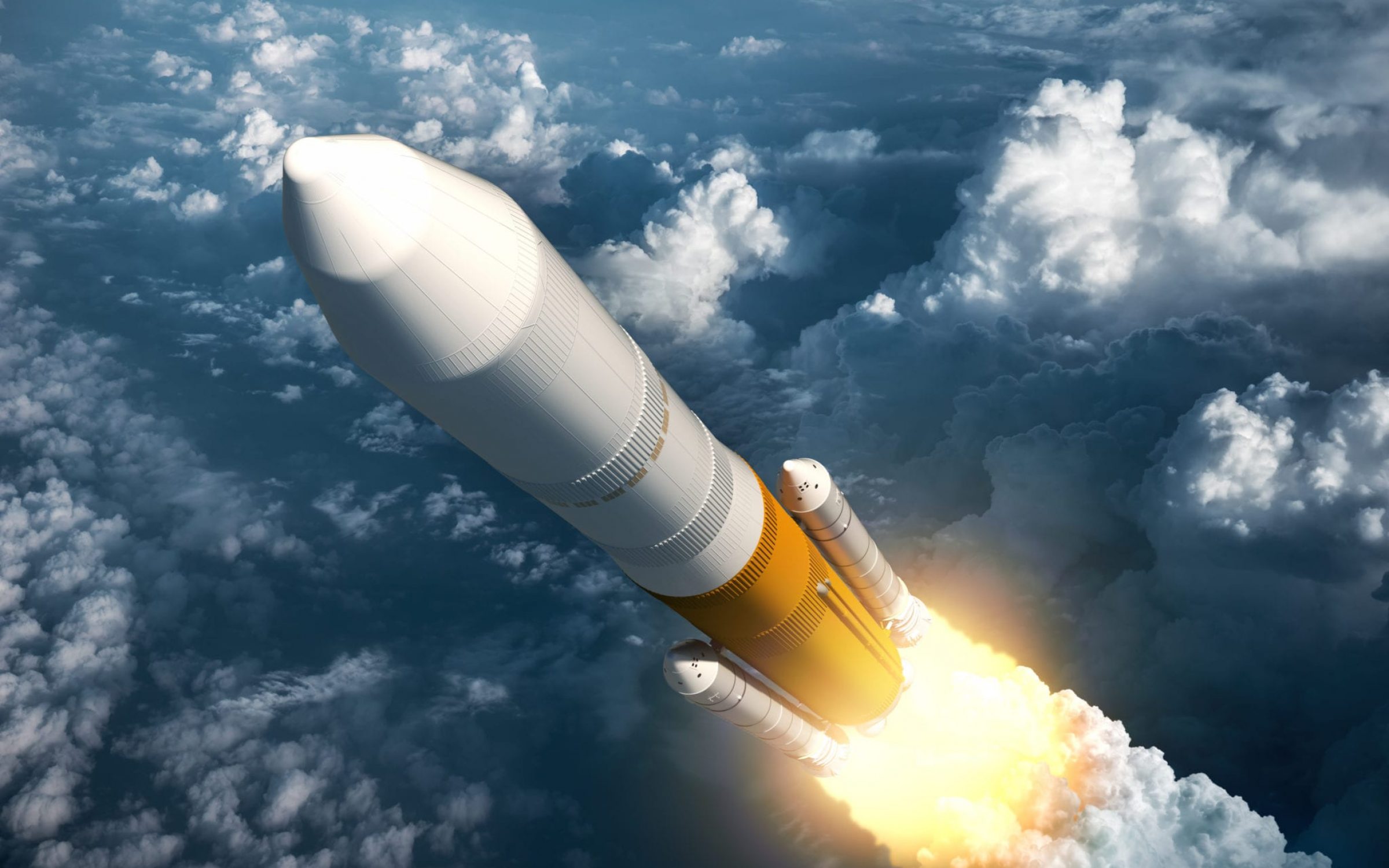Rocket propulsion is the technology that enables spacecraft to launch into space and travel to distant destinations. It involves the generation of thrust through the expulsion of high-velocity matter.
Types of Rocket Propulsion
There are several different types of rocket propulsion:
- Chemical Propulsion: This is the most common type of rocket propulsion, and it involves the combustion of a fuel and oxidizer to generate thrust. Chemical rockets can be further classified as solid-propellant, liquid-propellant, or hybrid-propellant.
- Electric Propulsion: Electric propulsion systems use electrical energy to accelerate and expel a propellant, such as ions or plasma. These systems are highly efficient but have lower thrust levels than chemical rockets.
- Nuclear Propulsion: Nuclear propulsion systems use nuclear energy to generate heat, which is then used to create thrust. This type of propulsion is highly efficient but also presents significant safety challenges.
- Solar Sailing: Solar sailing uses the pressure of sunlight to propel a spacecraft. This method is highly efficient but requires large solar sails and can only be used in regions of space where there is sufficient sunlight.
Key Components of a Rocket
- Propellant: The fuel and oxidizer that are burned to generate thrust.
- Combustion Chamber: The chamber where the propellant is burned.
- Nozzle: The part of the rocket that directs the exhaust gases and generates thrust.
- Guidance System: The system that controls the direction of the rocket.
Challenges of Rocket Propulsion
- Weight: Rockets must be as lightweight as possible to reduce the amount of fuel needed to launch into space.
- Efficiency: Rocket engines are generally not very efficient, meaning that a large amount of fuel is required to generate a small amount of thrust.
- Environmental Impact: Rockets can have a negative impact on the environment, particularly in terms of emissions and noise pollution.
The Future of Rocket Propulsion
As technology continues to advance, we can expect to see new and innovative rocket propulsion systems. Some potential future developments include:
- Advanced Electric Propulsion: More efficient electric propulsion systems could enable spacecraft to travel to distant destinations with less fuel.
- Nuclear Thermal Propulsion: Nuclear thermal propulsion could provide a significant increase in thrust and efficiency over chemical propulsion.
- Solar Sailing: Solar sailing could become a viable option for long-duration missions to the outer solar system.
Rocket propulsion is a critical technology for space exploration. As we continue to push the boundaries of human achievement, we can expect to see even more advanced and efficient rocket propulsion systems in the future.
